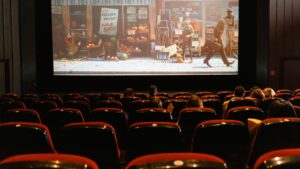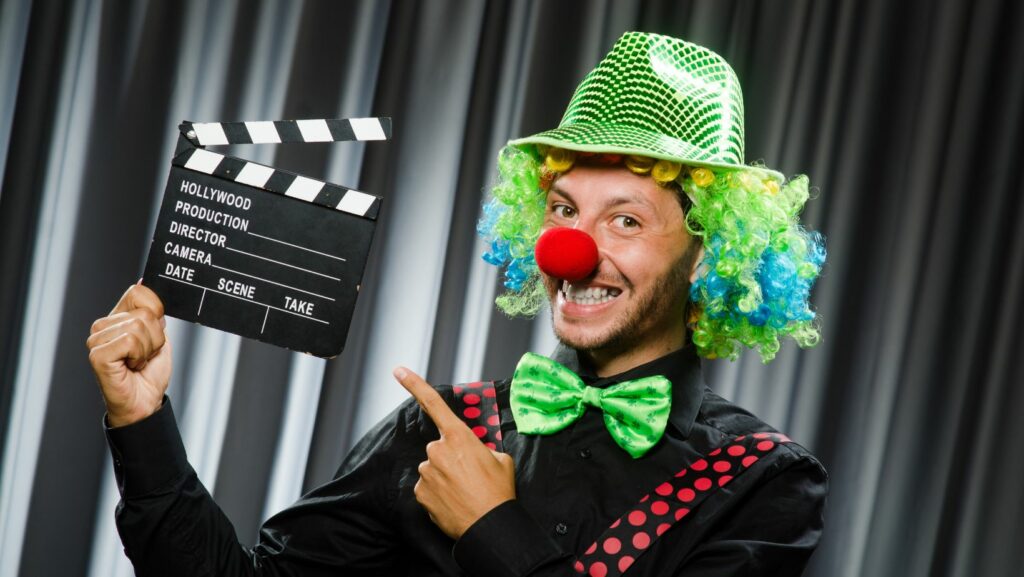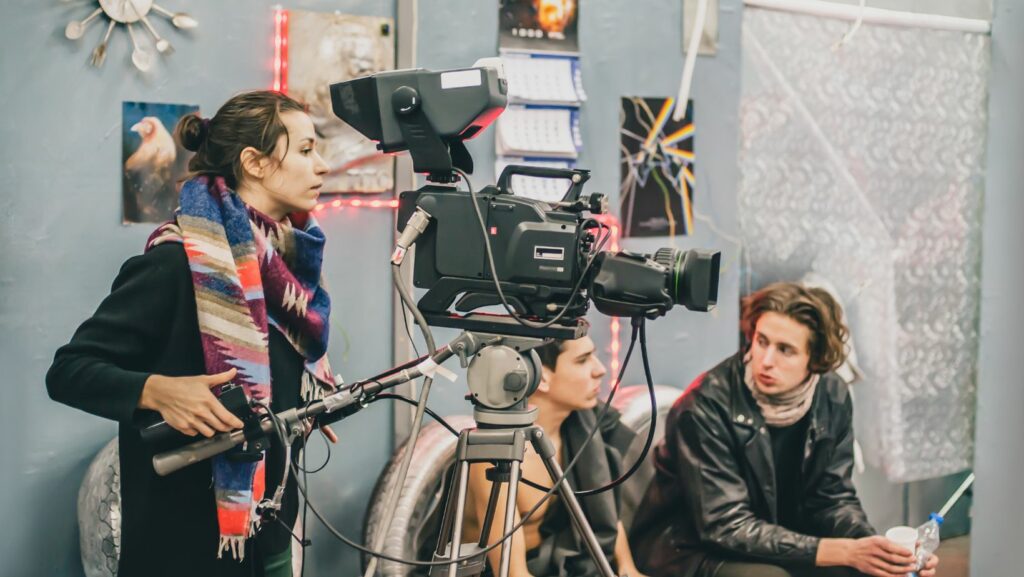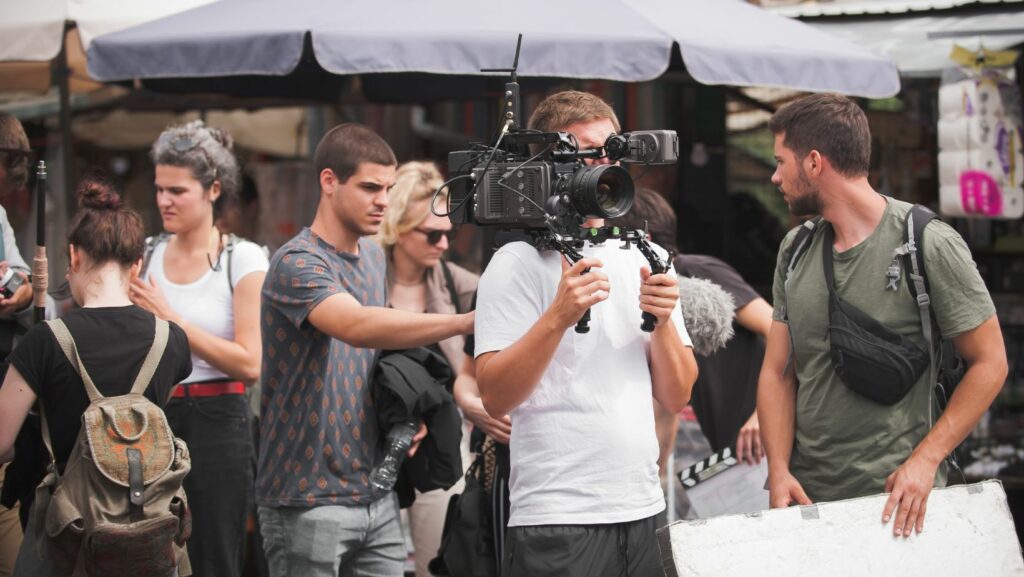There’s something uniquely terrifying about a sinister clown, isn’t there? It’s the unsettling blend of humor and horror, the painted smile masking a malevolent intent. This article dives into the world of creepy clown movies, exploring the spine-chilling allure that keeps audiences coming back for more.
From classic horror flicks to recent blockbusters, the creepy clown trope has been a staple in the genre for decades. Whether it’s the terrifying Pennywise or the infamous Joker, these characters have left their indelible marks on pop culture. So, buckle up, brace yourself, and let’s delve into the eerie universe of creepy clown movies.
Creepy Clown Movies
 Dating back to the early 20th century, creepy clown movies have experienced compelling evolution. Complex characters and gripping plots characterize this shift, demonstrating a unique blend of humor and horror.
Dating back to the early 20th century, creepy clown movies have experienced compelling evolution. Complex characters and gripping plots characterize this shift, demonstrating a unique blend of humor and horror.
The very foundations of clown fear in movies trace back to the dawn of cinema. Early silent films often used clowns to add a bizarre, comedic undertone that frequently meshed with elements of darker narratives. Hollywood’s first foray into the “creepy clown” archetype was the vaudevillian silent movie, “He Who Gets Slapped” (1924) in which Lon Chaney portrayed a bitter, mistreated clown with a sinister side. From that point onward, clowns not only entertained but also sowed unsettling feelings in audiences.
Analysis of Iconic Creepy Clown Characters
 Diving deeper into the abyss of spooky humor, we’ll tread the path of terror marked by two key figures: Pennywise and Art the Clown. They’ve redefined horror in their distinct ways.
Diving deeper into the abyss of spooky humor, we’ll tread the path of terror marked by two key figures: Pennywise and Art the Clown. They’ve redefined horror in their distinct ways.
Underlying the lore of Derry, a fictional town, rests the fiendish Pennywise. Emerging first in Stephen King’s 1986 novel “It,” Pennywise became part of the cinematic universe through an adaptation of the same name in 1990 and a remake in 2017, further solidifying its spine-chilling presence. This character feeds on its victims’ deepest fears, taking the form of a dancing clown, building on the established fear of clowns and amplifying it. Pennywise’s shifting nature gives it an edge of unpredictability, instilling vivid dread. Its haunting laugh, red balloon and glowing eyes have been etched in pop culture imagery, renewing viewer’s fascination with clown horror.
Art the Clown: Silent but Deadly
The poster boy of independent horror film “Terrifier,” Art the Clown, takes the art of silence to murderous heights. Art first made his appearance in the anthology film “All Hallows’ Eve”. With no lines and an eerily painted face, the character relies on pantomiming to evoke terror, transcending language and culture boundaries. Art’s M.O. revolves around torturing and killing people on Halloween night, meaning you won’t forget this silent killer anytime soon.
Psychological Impact of Creepy Clown Movies
 Creepy clown films, often seen as a fusion of humor and horror, leave lingering psychological effects. From feelings of distress induced in viewers to spawning popular culture trends, these movies pervade societal consciousness.
Creepy clown films, often seen as a fusion of humor and horror, leave lingering psychological effects. From feelings of distress induced in viewers to spawning popular culture trends, these movies pervade societal consciousness.
Uncertainty breeds fear, a reality eerily captured by creepy clown movies. Notable characters like Pennywise and Art the Clown bank on unpredictability, annihilating any semblance of safety. Pennywise, by continually shape-shifting to mirror victims’ fears, plays on the human instinct of fearing the unknown. Art the Clown, relies not on words but on pantomime, invoking heightened anxiety through unpredictability and silence. Such tactics, amplifying anticipation and horror, keep audiences glued. The human brain perceives metaphorical monsters created in these movies as real threats, triggering adrenaline rushes akin to real-life danger situations, providing a comprehensive illustration of these films’ effects.
Creepy clown movies don’t just induce fear; they foster an irresistible pop culture phenomenon. Pennywise, for instance, has become a recognisable horror symbol, transcending on-screen presence into merchandise and Halloween costumes. Furthermore, the popularity of these films magnifies existing phobias like Coulrophobia – the fear of clowns. Specialist references indicate a spike in reported Coulrophobia cases following releases of much-hyped creepy clown films. Consequently, such movies are not only sources of entertainment but also contribute to real-world phobia development, signifying their psychological impact beyond the cinema experience.



